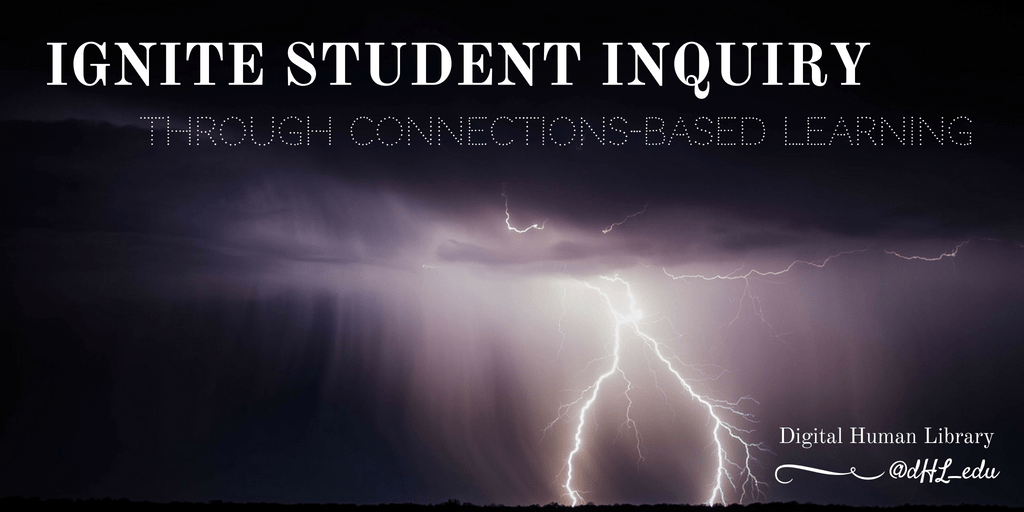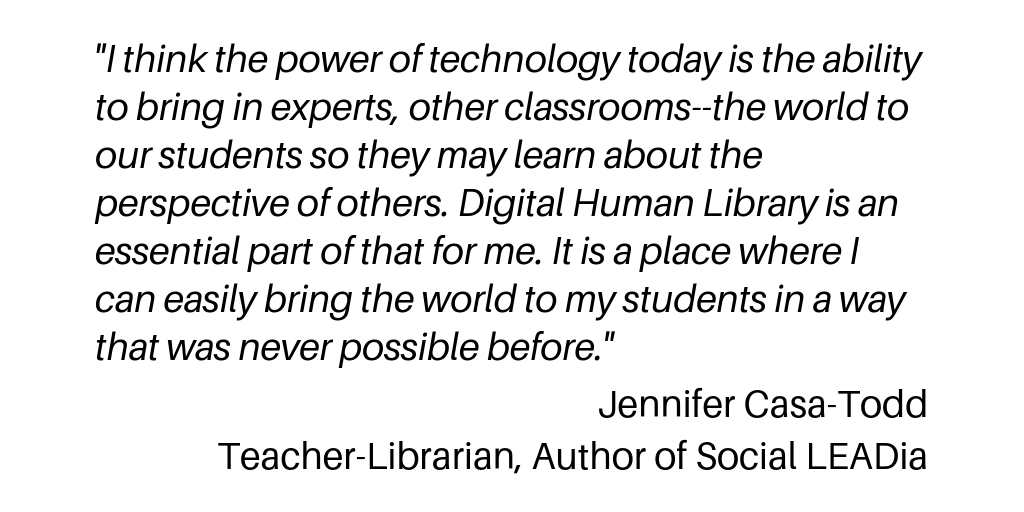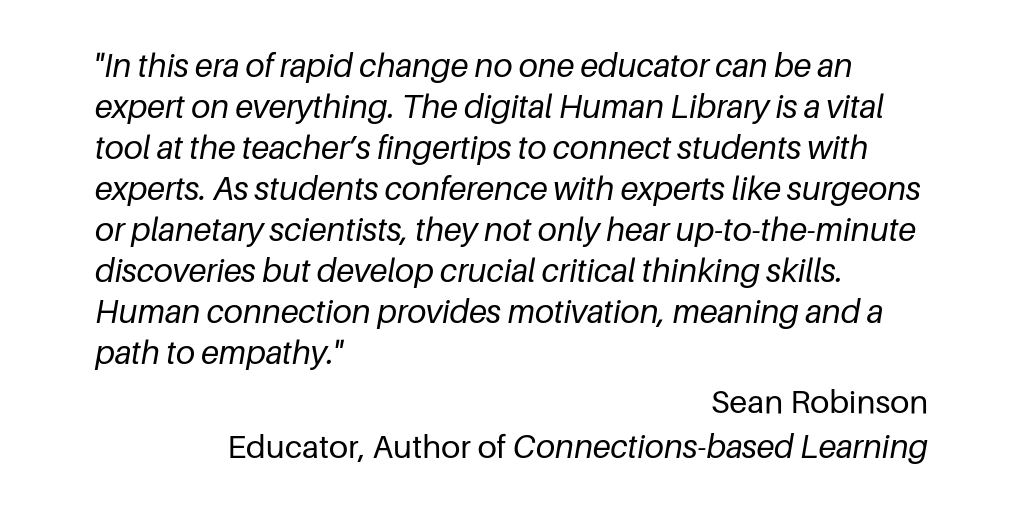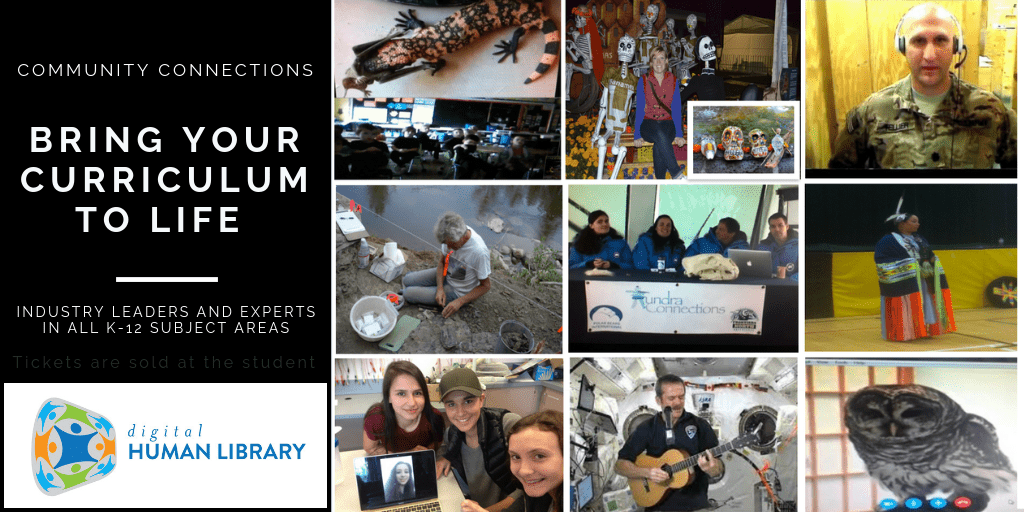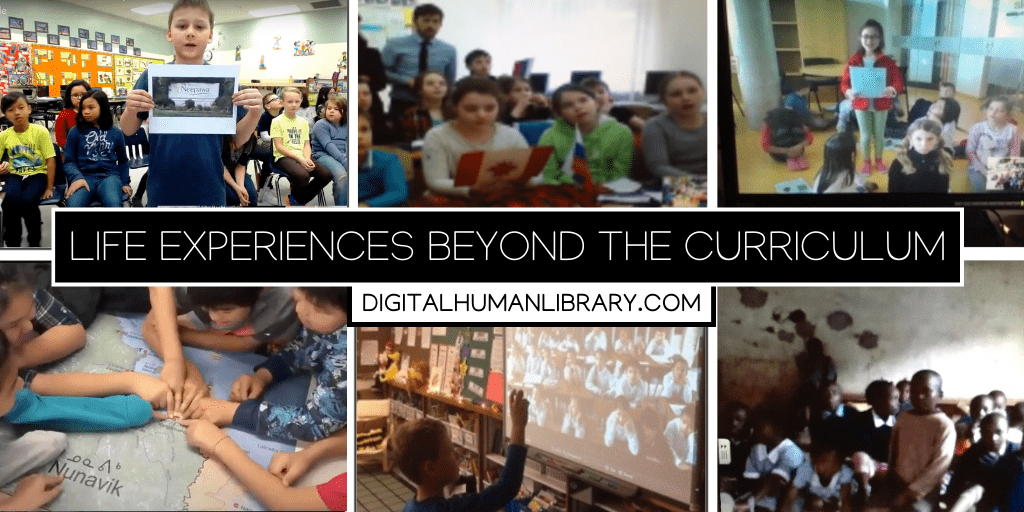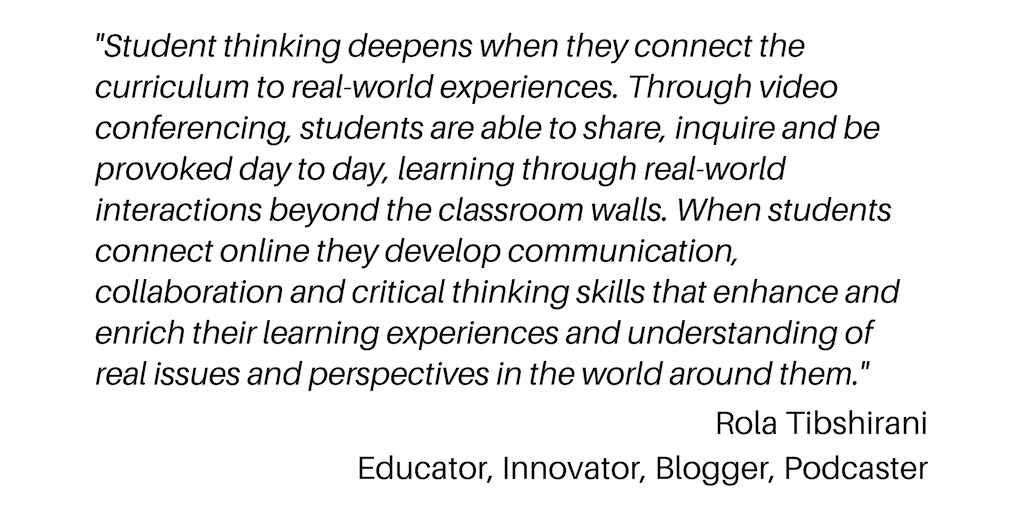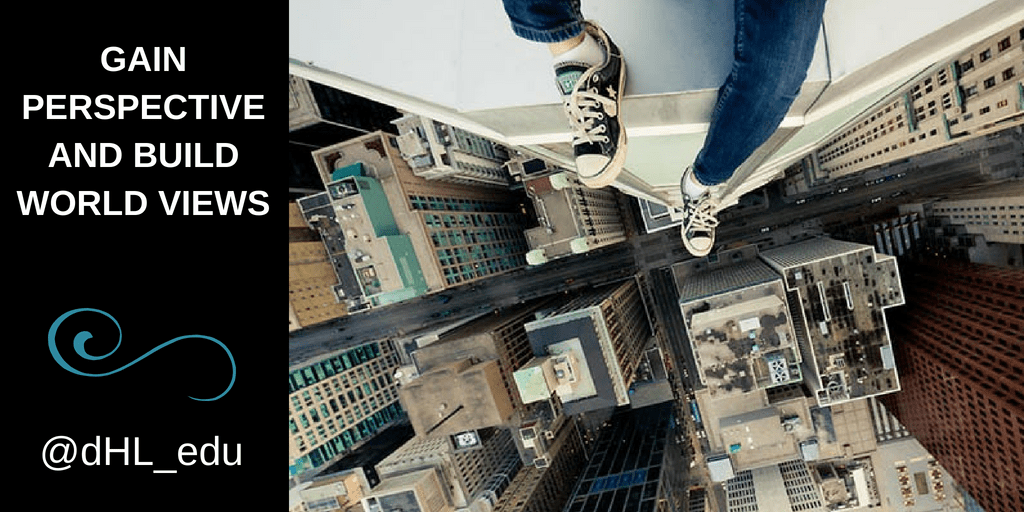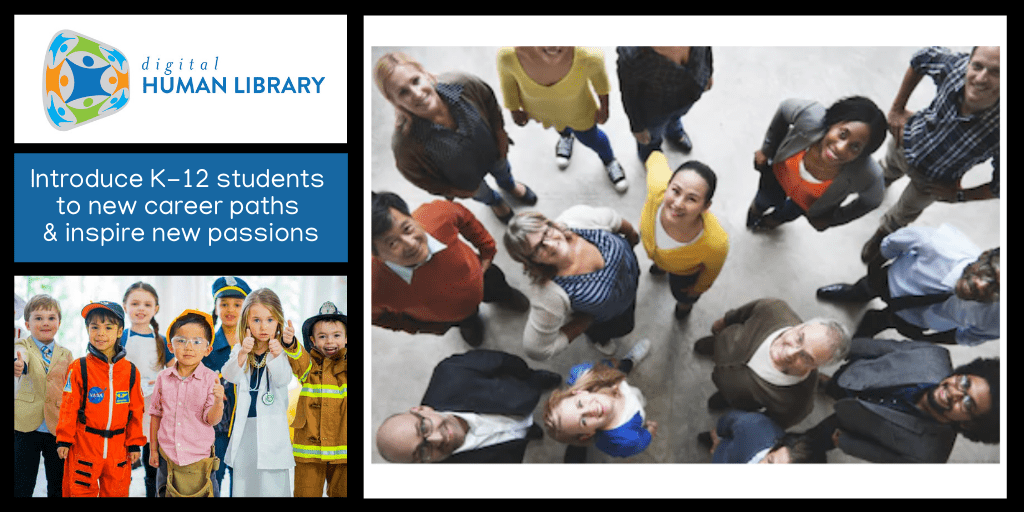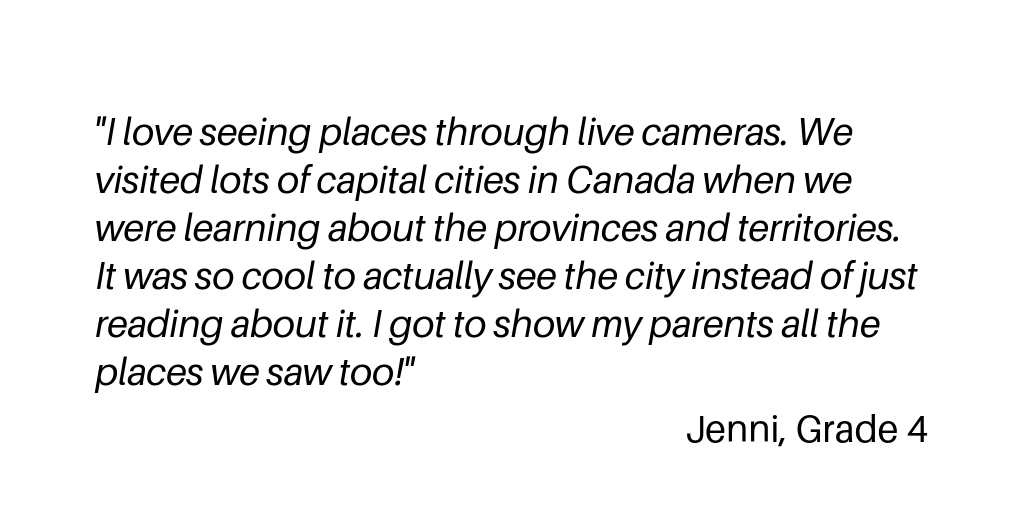Why Use Virtual Tours and Virtual Reality?
More and more educators and learners alike are integrating virtual tours and virtual reality (VT/VR) into their daily lives to bring context to learning and enhance learning and engagement.
VR is transforming the way educational content is delivered by immersing learners in what they’re learning — real or imagined — and by allowing learners to interact with it. Being immersed in what you’re learning not only motivates learners, but it requires less cognitive load to process the information compared to rote learning.
There are a number of factors that position VT/ VR as a powerful engagement tool and learning environment for learners. We’ve outlined a few below.
NEW! Virtual Tours/ VR Assessment Tasks
Add Context to Learning
When you immerse yourself in a VR environment, you are transported to a place that provides another layer of context to your learning experience. With VR, you are no longer limited to reading or watching a video about a topic. Instead, thanks to the feeling of presence that VR provides, you are now learning about topics by experiencing them. Even though VR experiences aren’t real, the mind believes it’s in a new place which engages the mind in ways that can be very profound.
Provoke and Sustain Inquiry
When you are transported to new learning environments to explore topics and content, what you see and experience inevitably leads to questions and potential inquiries. The quality and complexity of the VR experience may also create opportunities for new inquiries and deeper learning.
Learn by Doing
VR by nature is interactive – engaging you as a designer and creator of your own learning experiences. VR can provide a solid anchor for instruction and connect to a meaningful array of multimedia resources that you can engage with in your own way and at your own pace.
Connect Emotionally to Learning
Emotional reactions to what we experience are fundamental to learning and forming memories. VR environments are designed to be visually engaging, physically and mentally stimulating, and thought provoking, which activates the brain and releases dopamine and norepinephrine. As dopamine levels increase we retain more new information. When norepinephrine is released, the amygdala – which influences where we direct attention – can help us be less distracted and more focused. So as we engage with content in VR environments, our brains are being stimulated in ways that support retention of new information and experiences.
Personalize Learning
VR is a powerful personalization tool for learners. Not only are you able to choose the environments you wish to explore, but you have opportunities to self-direct the pace of learning and how you engage with the content. You can further optimize the VR learning experience by selecting collections of tours that differentiate content in ways that align with your strengths, needs, skills and interests.
Learn Visually
According to the Social Science Research Network, 65 percent of us are visual learners.
VR helps you visualize the content and concepts you are learning by making it easier to comprehend. VR is especially helpful when you want to visualize complex structures, systems or mechanisms (e.g. mechanical systems, body systems, optical systems, mass transit systems, Indigenous systems, health care systems).
Inspire Creativity
VR is useful not only for content consumption, but it’s also great for content creation. Tools such as the VR Tilt Brush can transport you to new levels of creativity like you’ve never experienced before.
Take Risks
Learners who avoid taking risks often don’t feel safe or comfortable enough to do so. While there are many factors that often contribute to those feelings, VR can provide you with an immersive personalized learning environment where you can explore new content on your own. These kinds of individualized experiences can have significant therapeutic outcomes if you experience anxiety in new learning situations.
Scale Learning Experiences
When it comes to scaling certain learning experiences sometimes barriers like cost and distance are prohibitive. VR gives you the power to engage in experiences you might not otherwise have in school – like trips to manufacturing plants, botanical gardens, and museums, or access to full technology labs where you can experiment and explore. VR makes scaling unique educational experiences possible.
Explore New Technology
The desire for VR to be designed for educational purposes outweighs gaming 63.9 percent vs. 61 percent. While VR has been historically dedicated to gaming, the market is shifting and more educational VR content is being made available. At Digital Human Library, we have curated the best on the web with over 1800 educational virtual tours organized into 14 different categories. Enjoy!
K-12 Virtual Tour & VR Assessment Tasks
Digital Human Library’s Virtual Tour & VR Assessment Tasks are aligned with the factors listed above and position VT/ VR as a powerful engagement tool and learning environment for students. VT/VR Assessment Tasks can be used as assessment for, as, and/or of learning.
Evaluate a Virtual Tour/ VR Experience
After participating in a virtual tour or virtual reality experience, why not evaluate it? Working through the process of evaluating a VT/VR experience helps you and your students think critically about what’s important to you as users of that technology. Evaluating VT/VR also provides you and your students with the lens you need to begin creating your own virtual tours.
Ready to Subscribe?
Create your FREE dHL account, then select Virtual Tours & Virtual Reality > Subscribe
Looking for School or District Pricing? Please contact us!
This post is also available in: Français (French)


